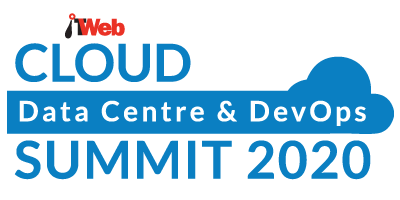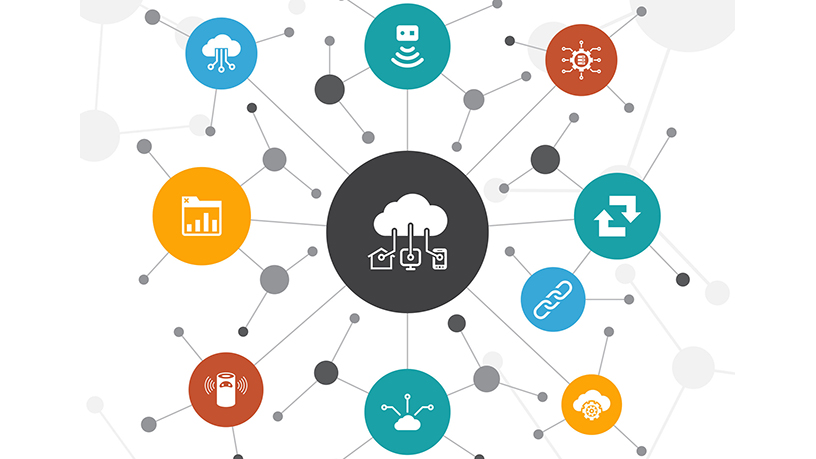Edge computing and cloud computing are often thought of as mutually exclusive ways to approach network and infrastructure. Athough they operate in different ways, using one doesn’t mean a business can’t use the other. In fact, with the right tools, they often work very well together.
However, all workloads and data need to be managed irrespective of their location, says Trent Odgers, Cloud & Hosting manager, Africa at Veeam Software.
Odgers will be presenting on ‘From the edge, to the cloud and back’, at ITWeb Cloud, Data Centre and DevOps Summit, to be held on 11 February at The Forum in Bryanston.
His talk will cover three crucial elements of cloud data management, namely, backup modernisation, hybrid cloud acceleration and data security.
“Data at the edge is sometimes as critical as data in the core, because it is live data. Businesses also need to reliably automate their core backup and recovery abilities to ensure that no matter the scenario, their businesses remain online,” he adds.
“If there are potential common issues, they need to be intelligently discovered and remediated to maintain uptime and optimise resource utilisation.”
According to Odgers, new-age software solutions can empower modern application delivery and deployment by enabling businesses to reuse their backup data for Dev and Ops.
Speaking of hybrid cloud acceleration, Odgers says data movement must be seamless, and cloud backup, restore, disaster recovery and migration shouldn’t be the headache as they used to be in the past. And no matter where business data lives, unified hybrid cloud visibility and management must be enabled to ensure compliance is met.
When it comes to data security, he says protecting workloads from hardware, application failure or corruption is not the only challenge – protection and remediation against ransomware must be part of the solution.
It is crucial to ensure data privacy even when restoring, in order to cater for regulations such as GDPR and POPIA. “Reducing risk and downtime is essential and safeguarding application and workload updates before deploying is a key component,” he concludes.





